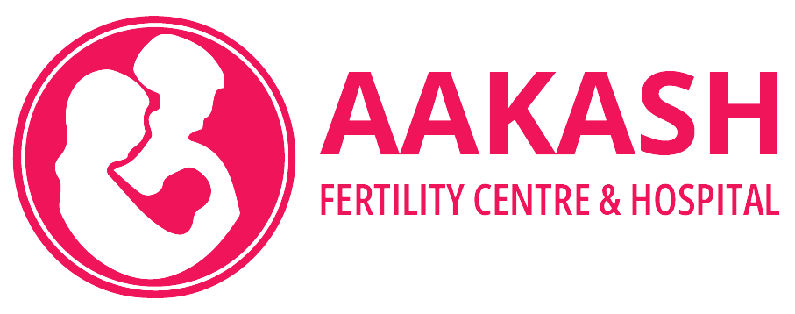Ovulation Induction
729-997-4701
Introduction
One of the major causes of female infertility is either complete absence of ovulation or abnormal ovulation. Successful production of oocytes is influenced by numerous hormones with very delicate balances that create the woman’s normal cycle.
Frequently the production of hormones is off balance, resulting in infrequent or no ovulation.
If you and your partner are considering fertility treatment, you may need to decide whether or not you would like to pursue ovulation induction.
Fertility treatments are often used in combination with various drugs that are designed to help trigger ovulation. Before undergoing any type of fertility treatment, be sure to speak with your reproductive endocrinologist about ovulation induction.

What is Ovulation Induction?
Why Induce Ovulation?
Who Can Benefit from Ovulation Induction?
A large percentage of women seeking fertility treatment can benefit from ovulation induction. In particular, women suffering from the following conditions may find ovulation induction particularly helpful in increasing their chances of pregnancy:
Anovulation
PCOS (Polycystic Ovarian Syndrome)
Pituitary disorders
Irregular menstruation (oligomenorrhea) Factors Affecting Ovulation Induction:
There are certain factors that will affect the success of ovulation. Before choosing ovulation induction, your reproductive endocrinologist will evaluate
Your egg quality
Your egg quality
The process of Ovulation Induction:
Ovulation induction involves stimulating the ovary to produce one or more eggs. Female infertility is often a result of woman’s failure to ovulate, failure to ovulate regularly, or failure to ovulate healthy eggs. The cells around the egg that secrete female hormones into a woman’s bloodstream as the egg matures may not always function properly. Sometimes the amount of hormones secreted may not be sufficient to properly prepare the uterine lining so that it will be receptive to a fertilized egg, or embryo. This can result in repeated pregnancy loss. Ovulation induction is often used to correct this cause of infertility when other reasons for recurrent miscarriage are not identified.
Ovulation induction is also used in circumstances where the exact cause of infertility is not known. Endometriosis-associated infertility, not associated with anatomical damage to the fallopian tubes or surrounding structures, can also treated by ovulation induction.
In such cases, the woman uses ovulation inducing agents to “super ovulate” the ovaries, or cause multiple eggs to mature, instead of the one egg that usually matures per menstrual cycle. By combining super ovulation with Intrauterine Insemination (IUI) timed to coincide with ovulation, the sperm are given more “targets.” It is hoped that pregnancy will result because multiple, mature, and, perhaps, healthier eggs are available after superovulation.
Though superovulation combined with timed intrauterine insemination does not guarantee that a woman with unexplained, mild male factor, or endometriosis-associated infertility will conceive in a given treatment cycle, the chance for pregnancy to occur is higher than the infertile woman’s background rate of conception.
Failure to have any ovulatory cycles (anovulation) or to have only very irregular ovulatory cycles (oligoovulation) are among the most common causes of infertility. The causes of these types of disorders are quite diverse, and may include problems with the central nervous system or pituitary gland, problems within the developing follicles or ovary, or both.
Polycystic Ovary Syndrome is the diagnosis for the vast majority of women who fail to ovulate regularly. Central nervous system problems, thyroid problems, and premature ovarian failure are first ruled out with blood tests. These women usually have plenty of egg-containing follicles in their ovaries, but for hormonal reasons, are unable to release eggs on a regular basis.
